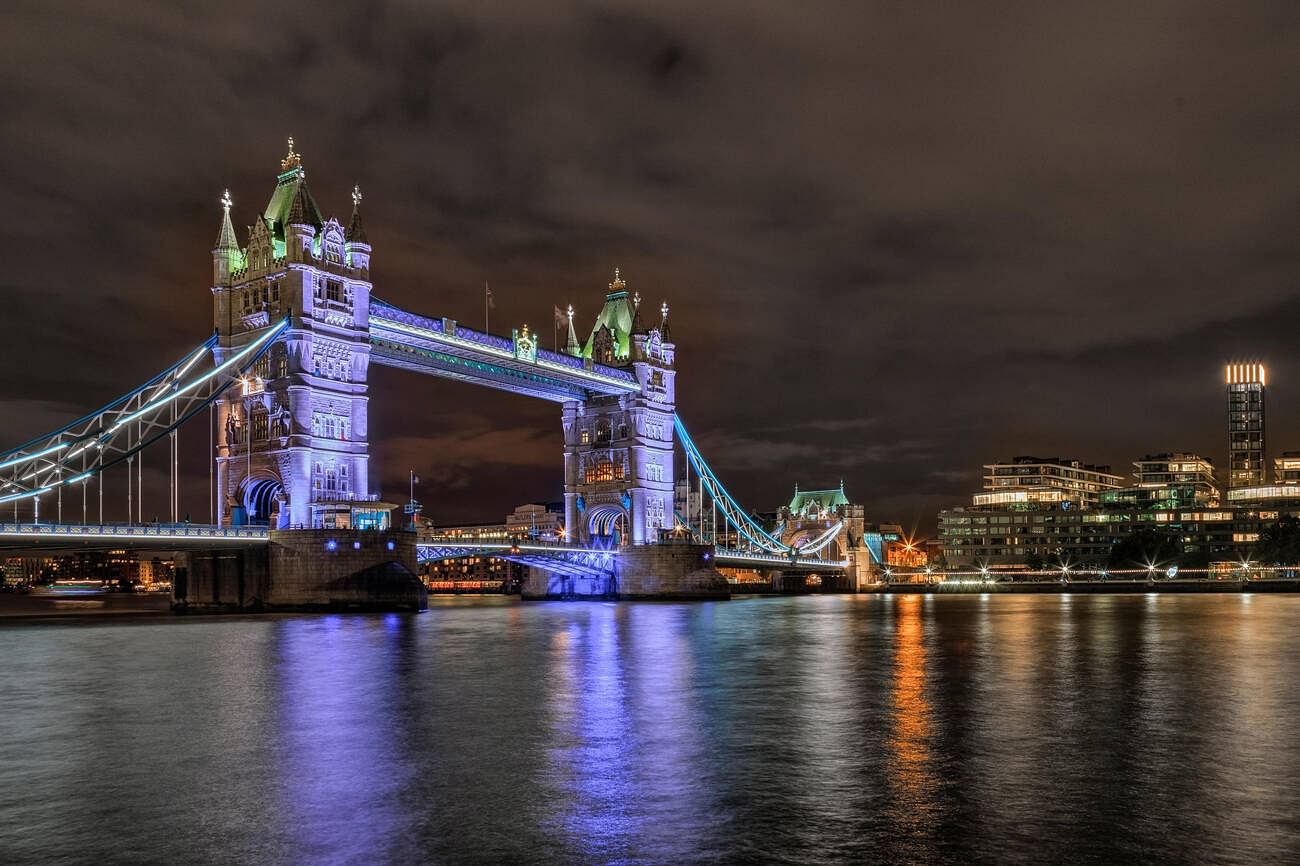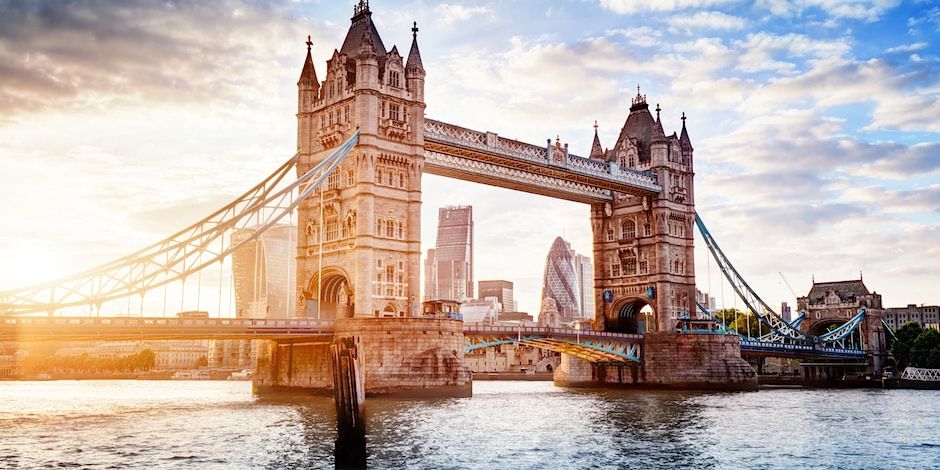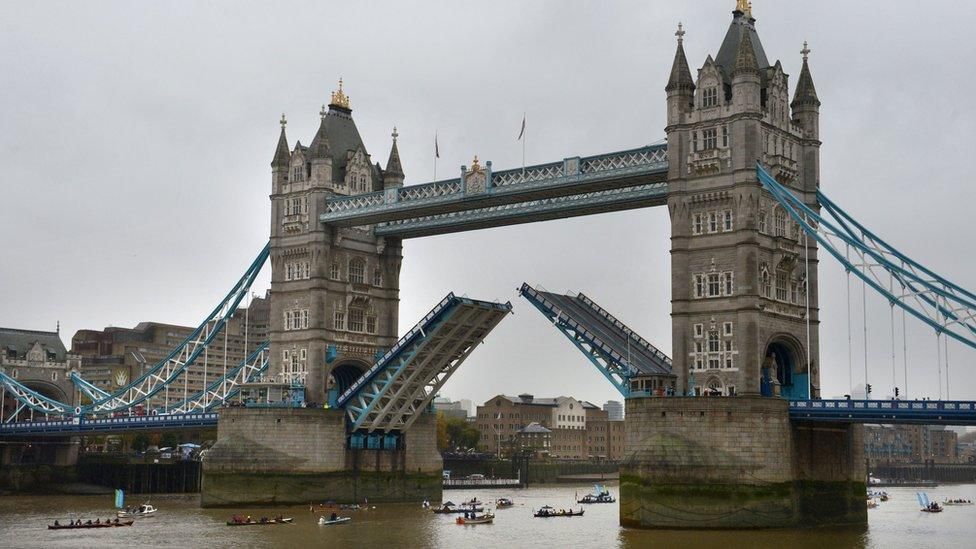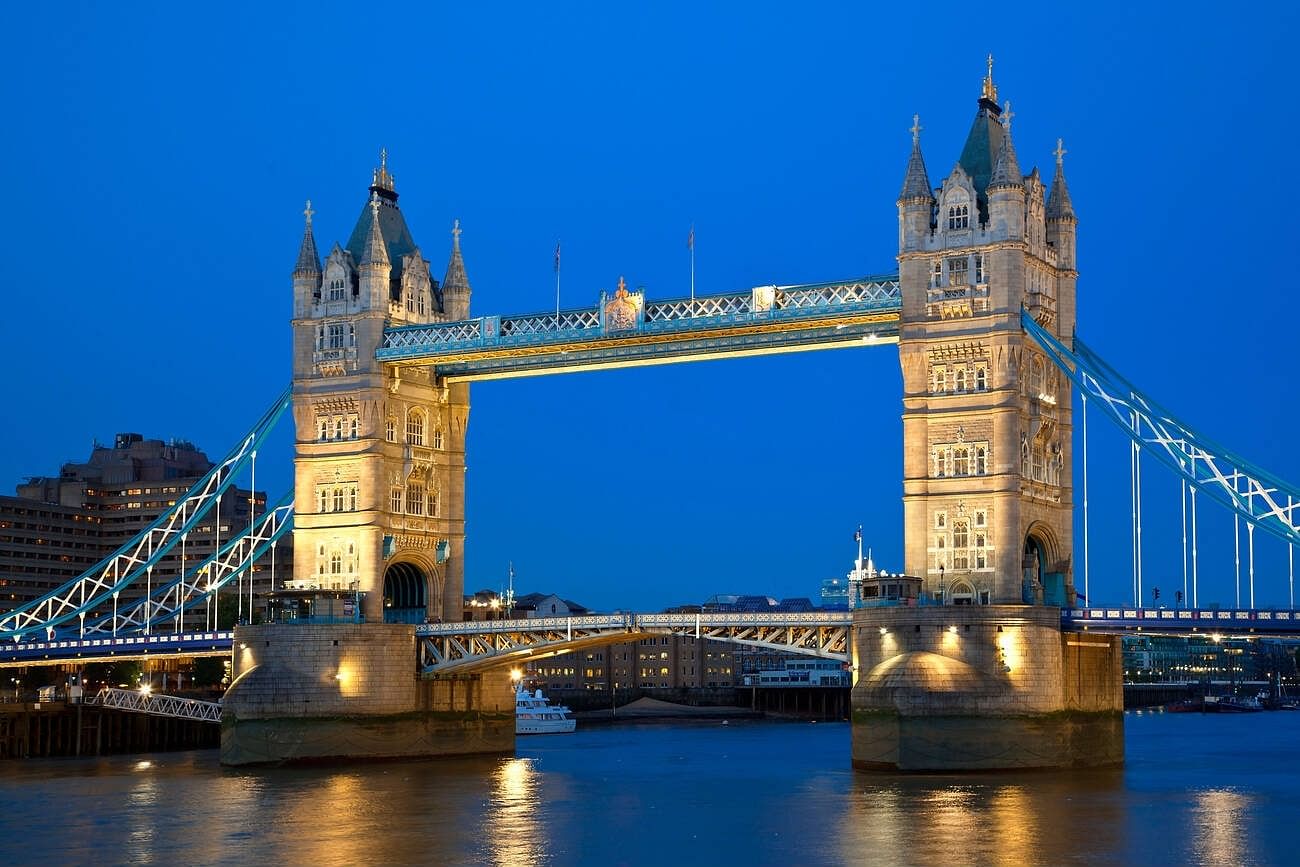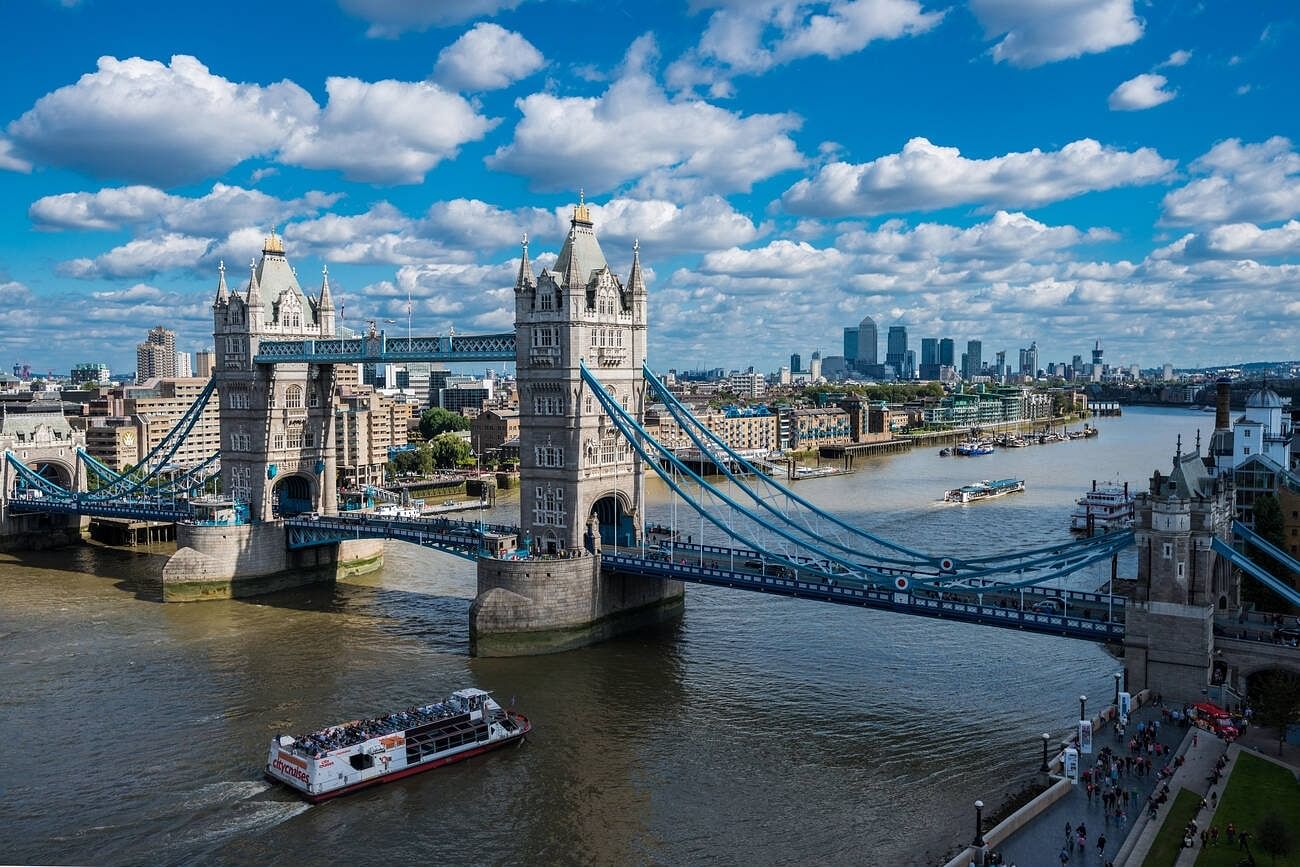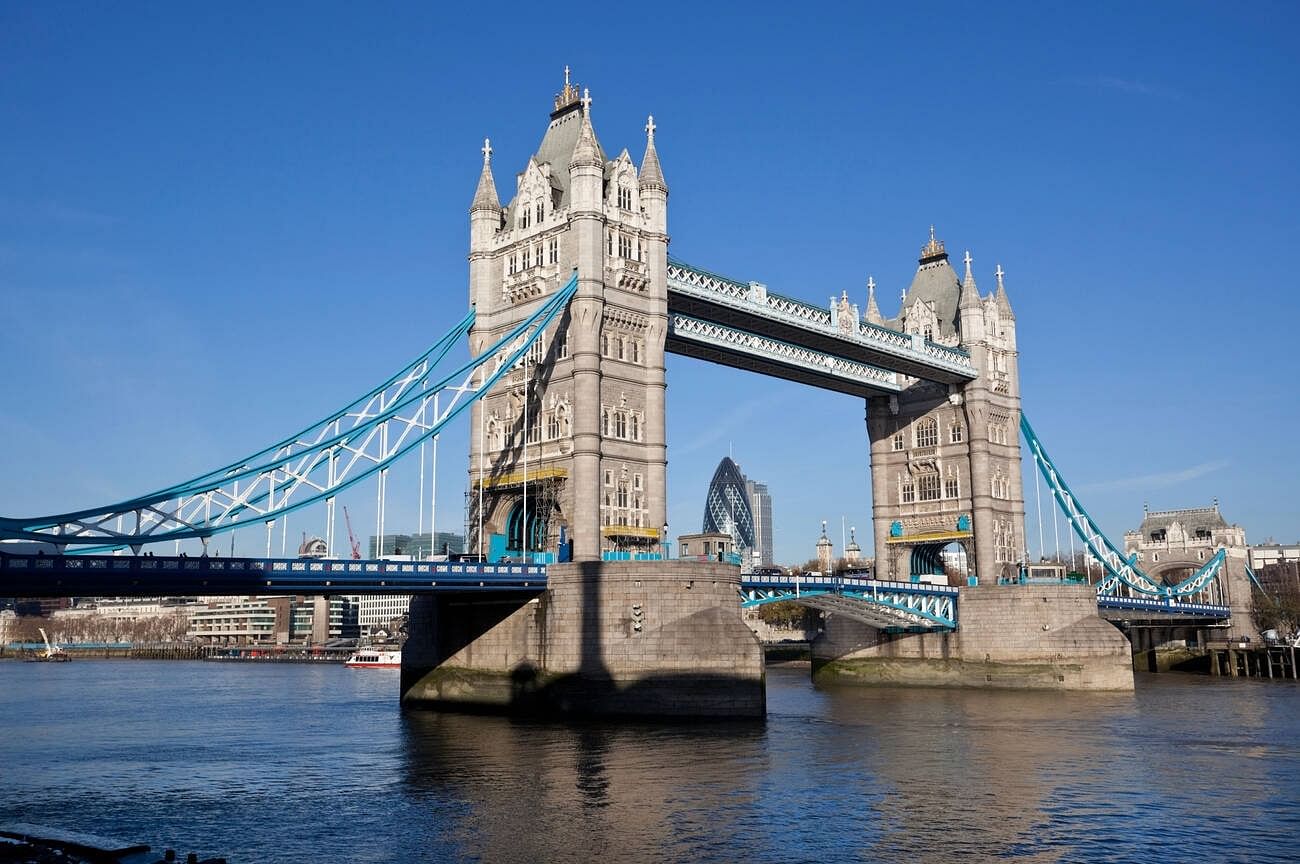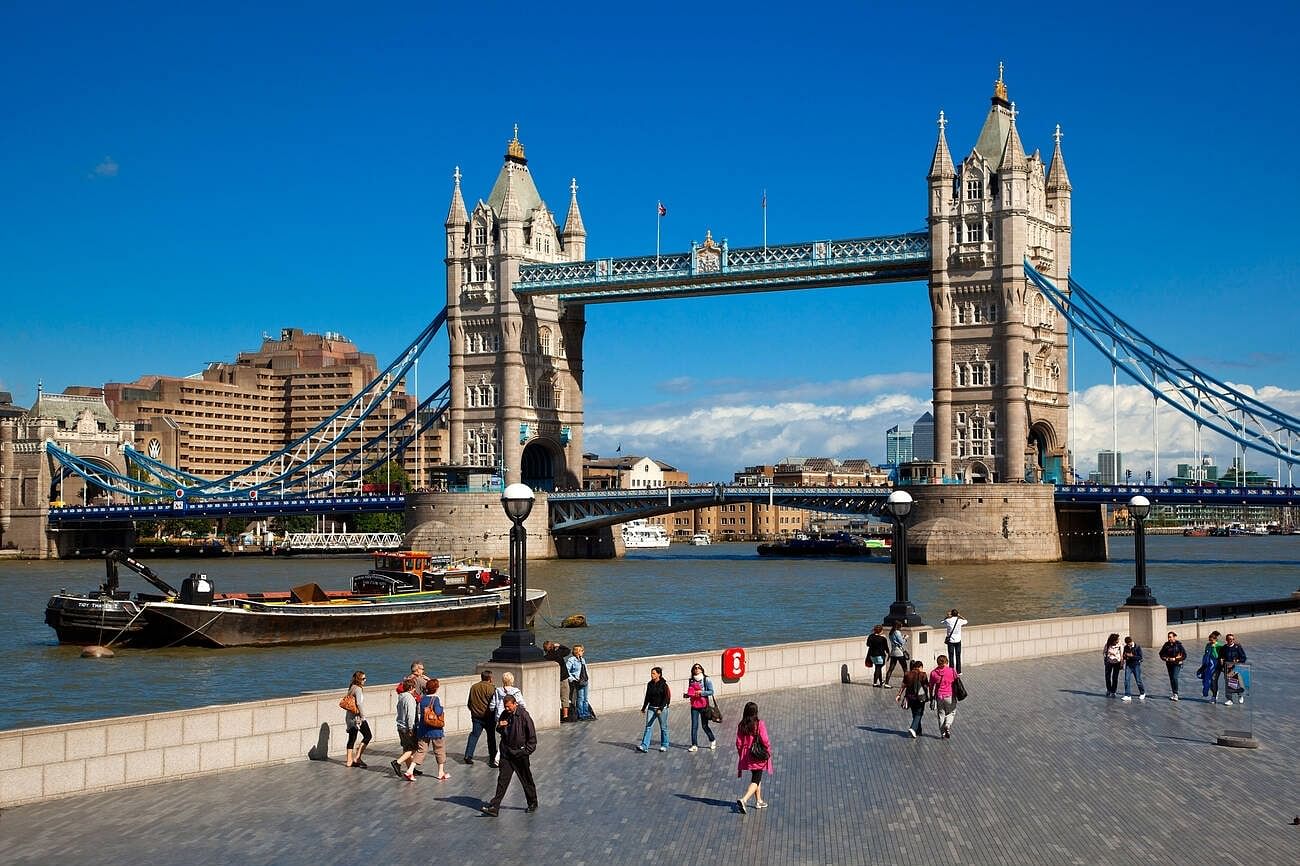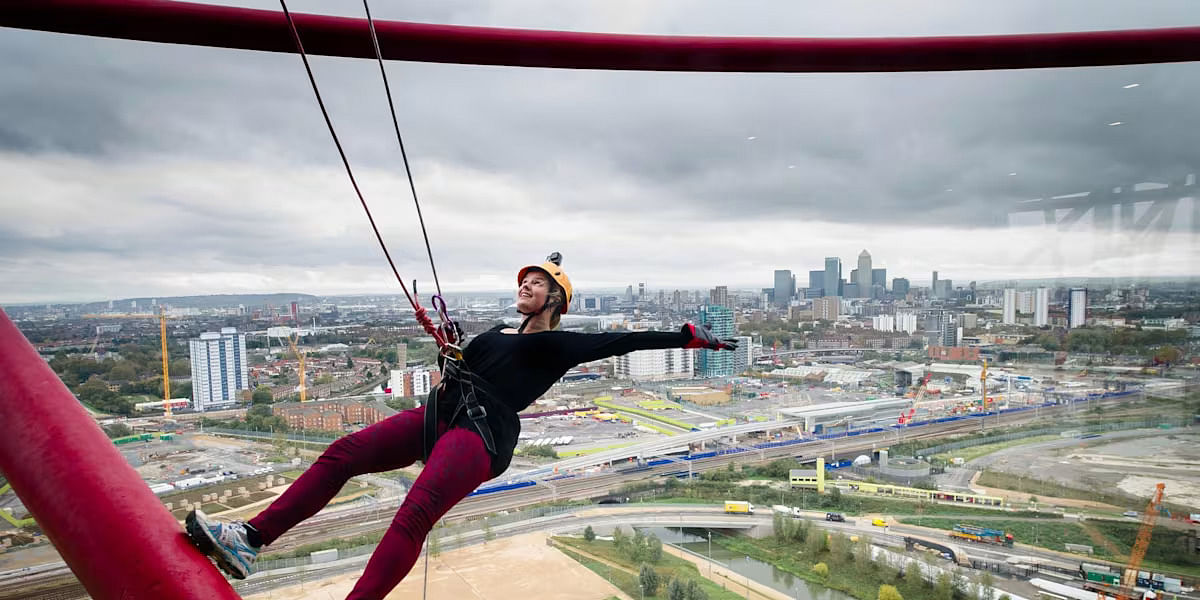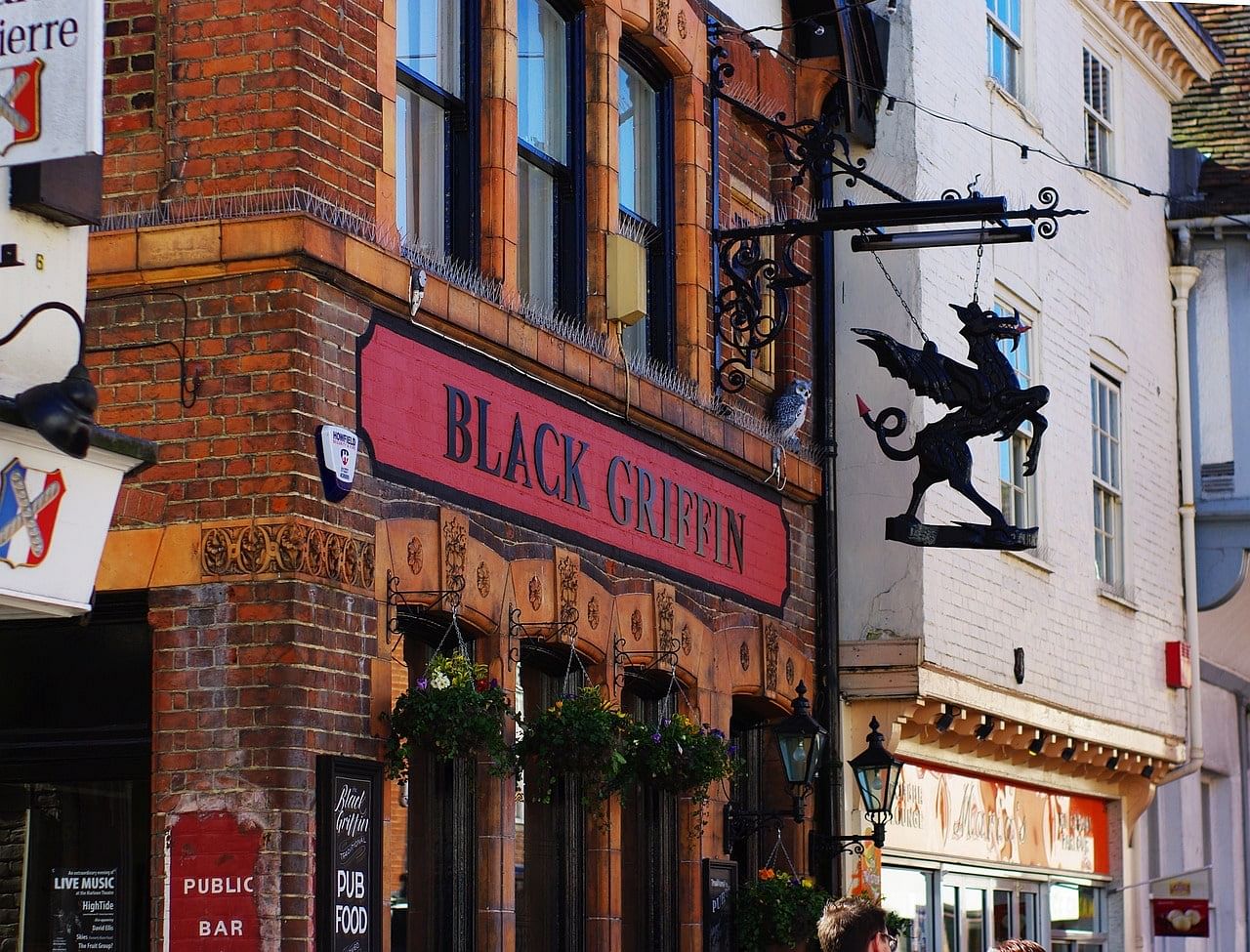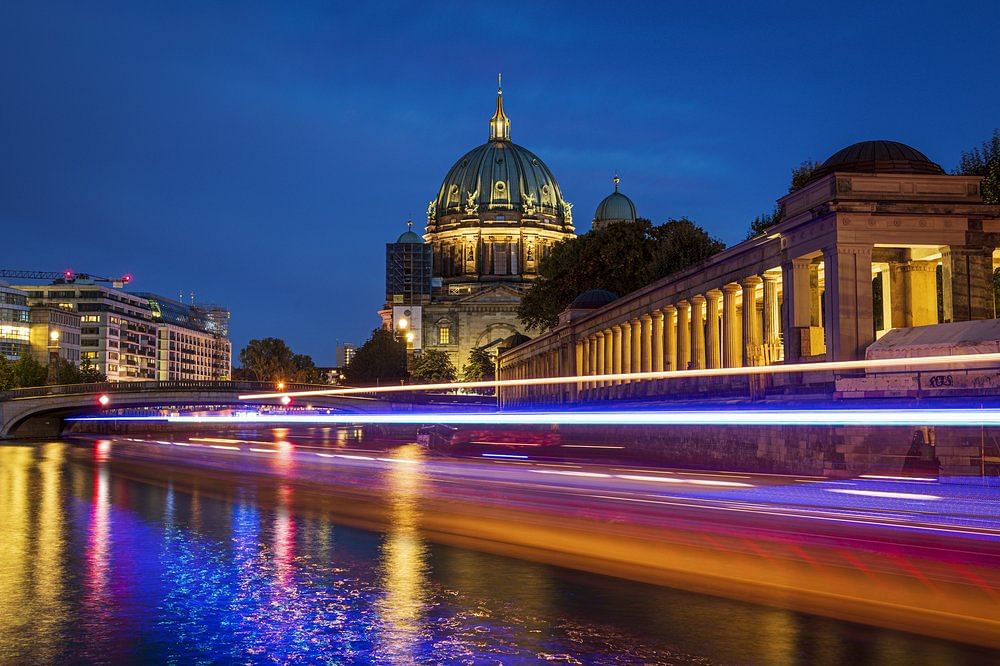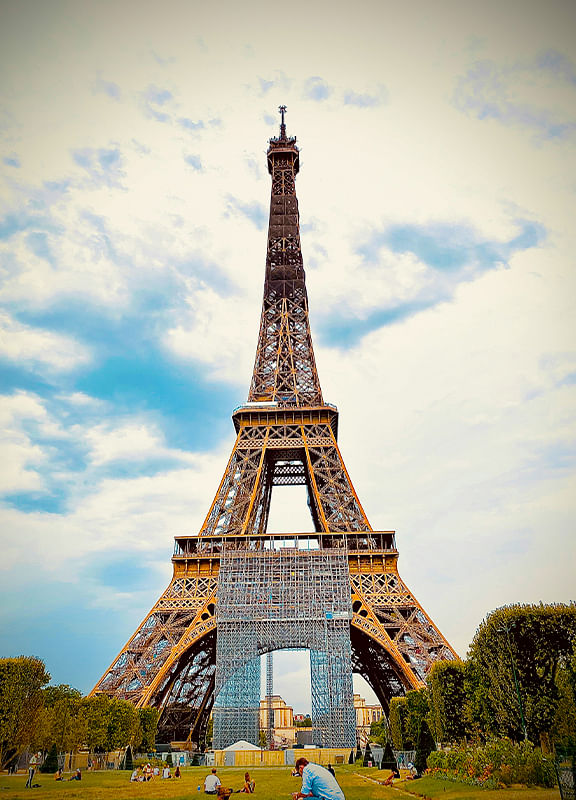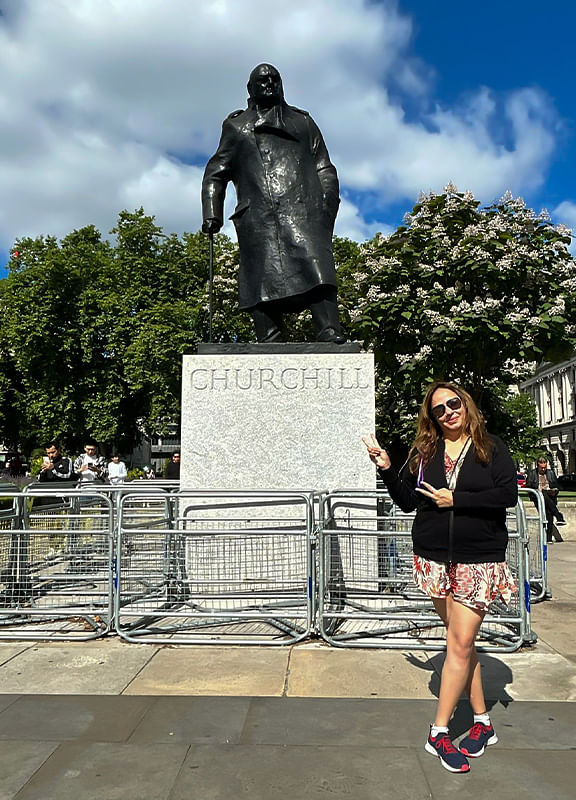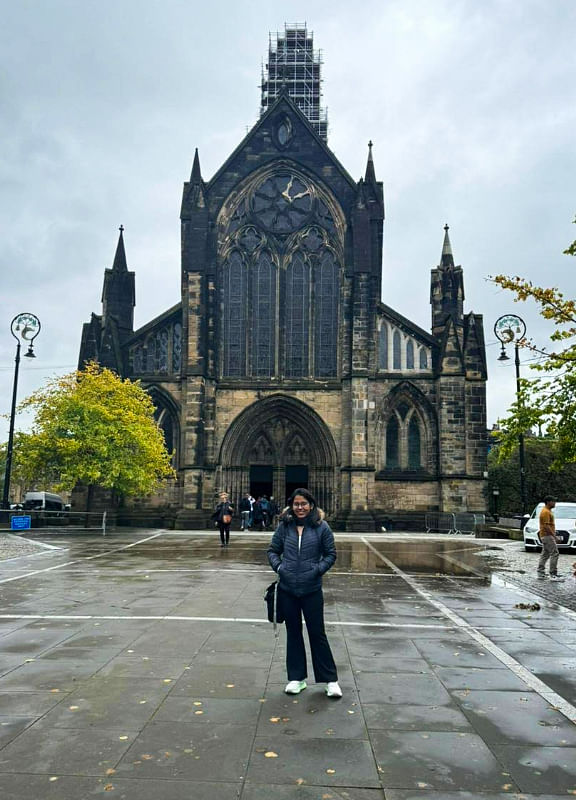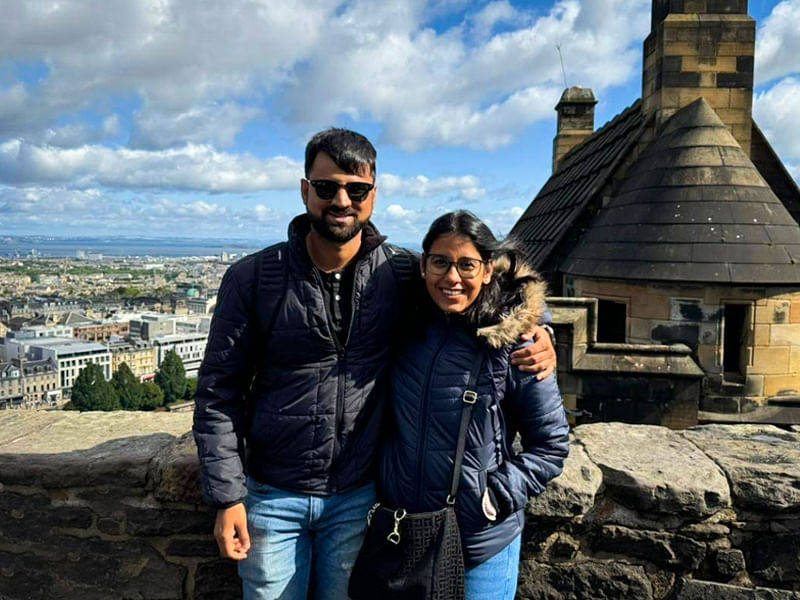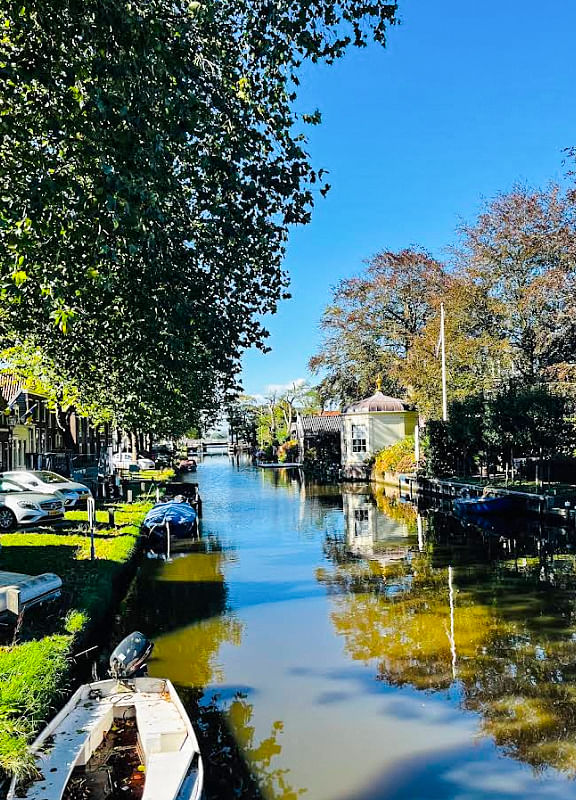Tower Bridge is one of the most recognisable landmarks in London, England. Its Royal presence spread across the River Thames, has captured the imagination of people from all corners of the globe.
Tower Bridge London is not just an ordinary bridge; it is a masterpiece of engineering and a symbol of London’s history and cultural heritage.
Witness the grandeur and the most unforgettable journey to create lasting memories in one of the world’s most happening cities with Europe tour packages!
The Tower Bridge History dates back to the year 1886, when it’s construction started and was completed in 1894, taking approximately eight years to finish. Designed by architect Sir Horace Jones and engineer Sir John Wolfe Barry, the bridge was a response to the growing need for a river crossing in the east of London.
At the time of its construction, London was undergoing rapid industrialisation and urbanisation, and the existing river crossings were becoming inadequate to meet the demands of a busy city.
One of the most distinctive features of Tower Bridge is its ability to open up to allow large vessels to pass through. The central span of the bridge, known as the bascules, can be raised to a near-vertical position, creating a gap for ships and boats to navigate through the River Thames.
This innovative design was crucial in ensuring that the bridge could accommodate the maritime traffic that frequented the river, while still providing a crossing point for road and pedestrian traffic.
One cool thing about Tower Bridge is that it has walkways on top that people can visit. The architectural design of Tower Bridge is evidence of the Victorian era’s grandeur and ambition. The bridge is constructed from a combination of stone and steel, with two imposing towers rising on either side of the river.
These towers are connected by two elevated walkways, providing pedestrians with stunning views of the cityscape and the river below. The detailing and decorative elements of the bridge reflect the ornate style of the late 19th century, showcasing the craftsmanship and artistry of the period. You can also take a break from exploring these historic sites in London by hanging out in the vast variety of cafes in London.
Visitors to Tower Bridge London have the opportunity to explore its inner workings and learn about its history through the Tower Bridge Exhibition. The exhibition, housed within the bridge’s walkways, offers interactive displays, multimedia exhibits, and photographs that provide insight into the bridge’s construction, operation, and cultural significance. Visitors can also see the impressive sight of the bascules being raised during scheduled bridge lifts, offering a firsthand experience of this engineering marvel in action.
Tower Bridge has played a significant role in London’s cultural landscape, serving as a backdrop for numerous films, television shows, and literary works, making it one of the top photography spots In London.
In addition to its architectural and cultural significance, Tower Bridge serves as a vital transportation link, connecting the districts of Tower Hamlets and Southwark. The bridge carries both vehicular and pedestrian traffic across the River Thames, providing a vital artery for commuters and travellers navigating the city. Its strategic location near key landmarks and attractions also makes it an essential thoroughfare for residents and visitors.
The best time to visit Tower Bridge London is between March, April and June. This is the best time to visit London Bridge because during this time, the lodging and theatre bookings are easy to make.
If you are planning a day trip in London, keep in mind that lineups can be heavy throughout the middle of the day and on weekends, so going early on the weekend or weekday may be your best bet.




